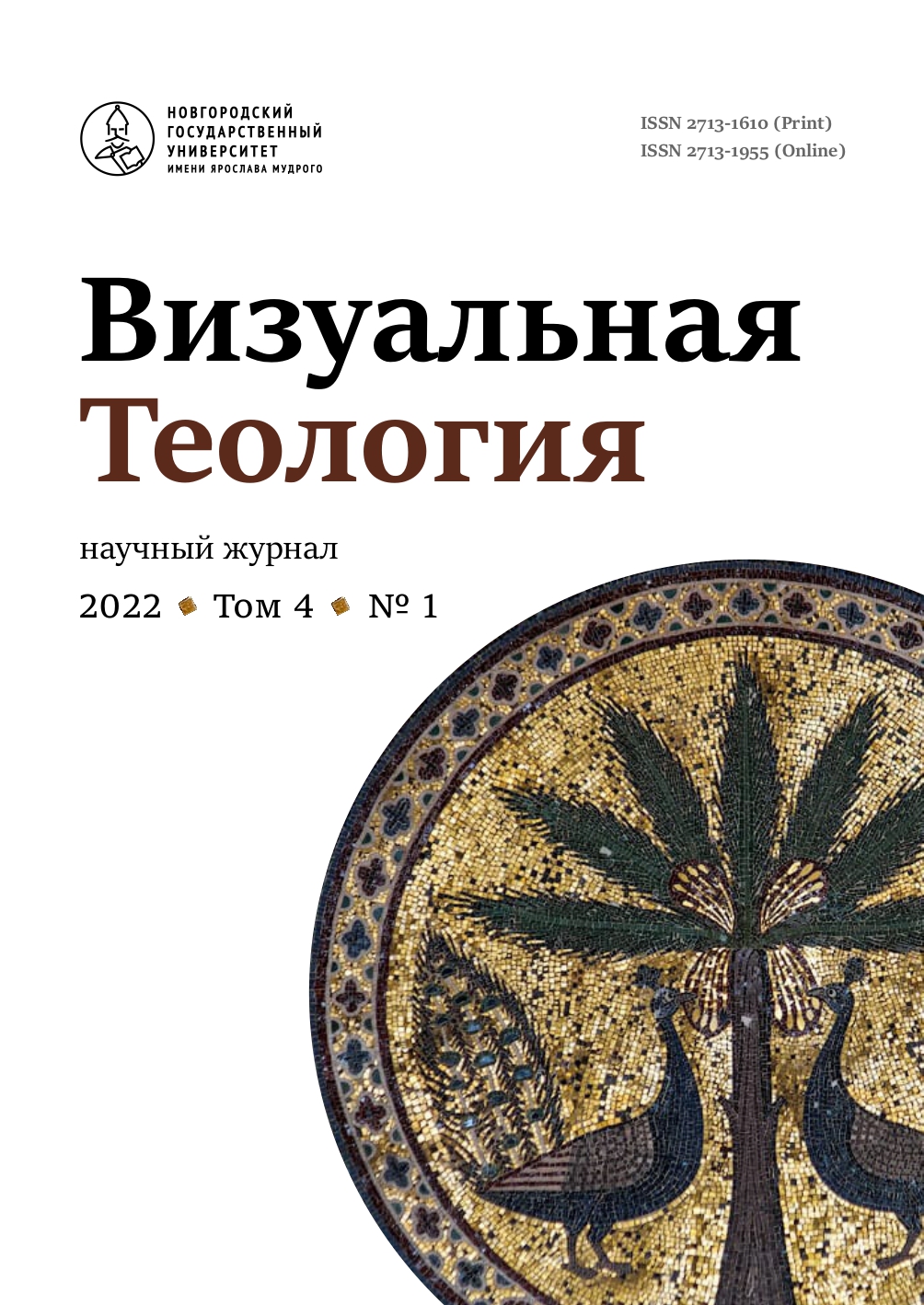Sacred Topics of Russian Cities (11). Visualization of the Sacred-Political Theme in the Vladimir Temple Decoration
Abstract
The article is devoted to the analysis of the content and meaning of the sacral-political narrative of the Vladimir temples external sculptural decoration of the 12th century. The central image of the named narrative is biblical David in the role of a king. The images of temple facades, thematically associated with David as an autocratic ruler, form a semiotic series expressing the idea of the sanctity of righteous power. The crown and vestments of David, his throne pose, images of lions as symbols of political power, as well as figures of flying horsemen, including Saints Boris and Gleb – patrons of Russian princes and defenders of Russian cities – are the key signs that visually mark this idea. This visual text also suggests the presence of a subtext in which the prince of Vladimir is designated as ‘new David’, and Vladimir turns out to be ‘the new Jerusalem’. The prince of Vladimir, like biblical David, moves the capital to a peripheral city and delivers to this city its ‘palladium’ – the shrine that gives the new capital the status of the highest and the only one sacral-political center. In the context of such a narrative, visually fixed in the facade decoration of Vladimir temples, the prince becomes a semantic analogue of King David, the icon of the Virgin of Vladimir (‘Vyshgorodskaya’) semantically corresponds to the Ark of the Covenant, and the city of Vladimir is established as the new Jerusalem. However, the modus in which the prince of Vladimir is identified with King David contradicts the traditional Christian ‘Jerusalem’ urban model and includes that destructive element into the urban planning program of the Vladimir princes, which later develops into the concept of the ‘Third Rome’.


